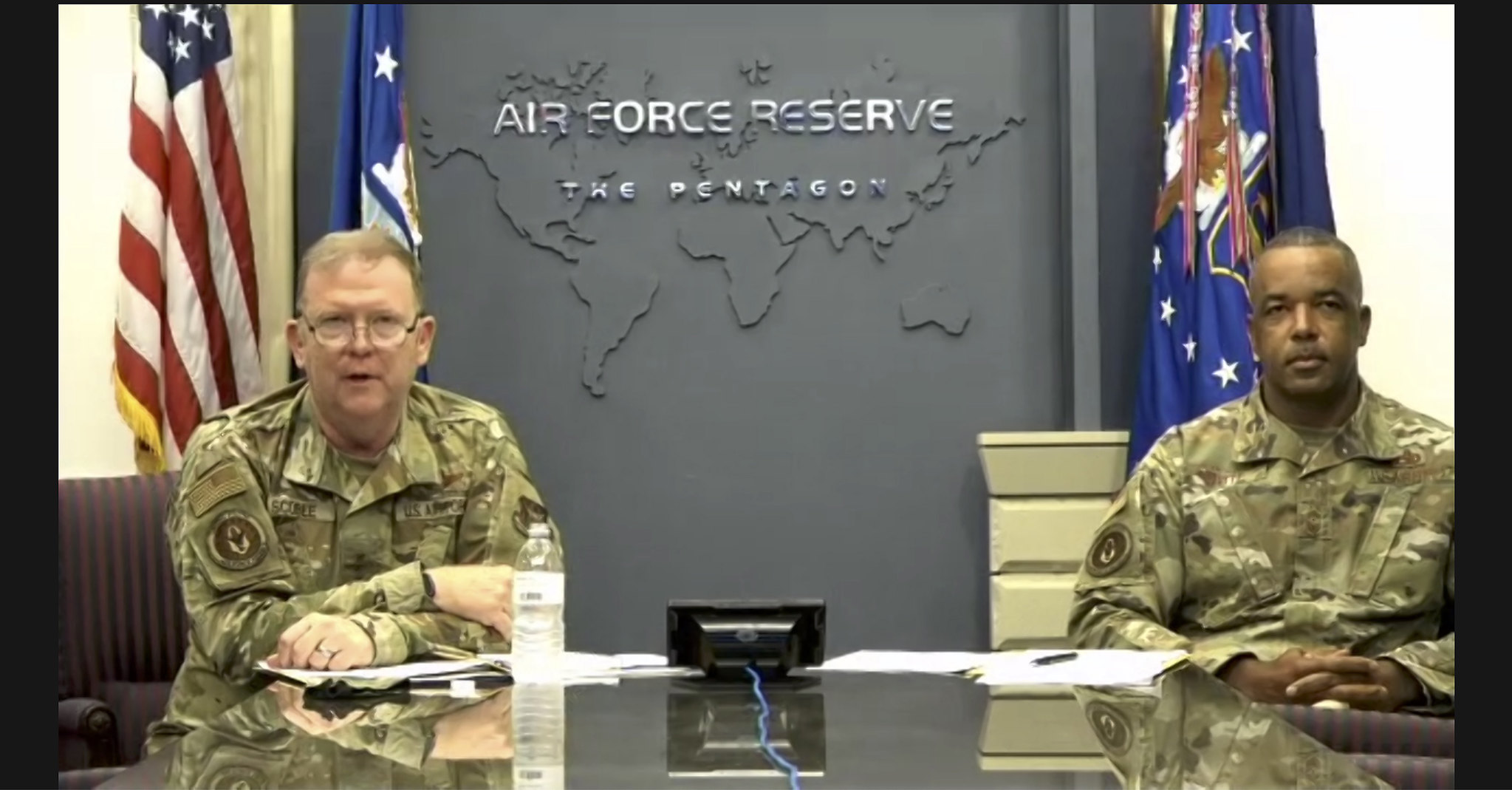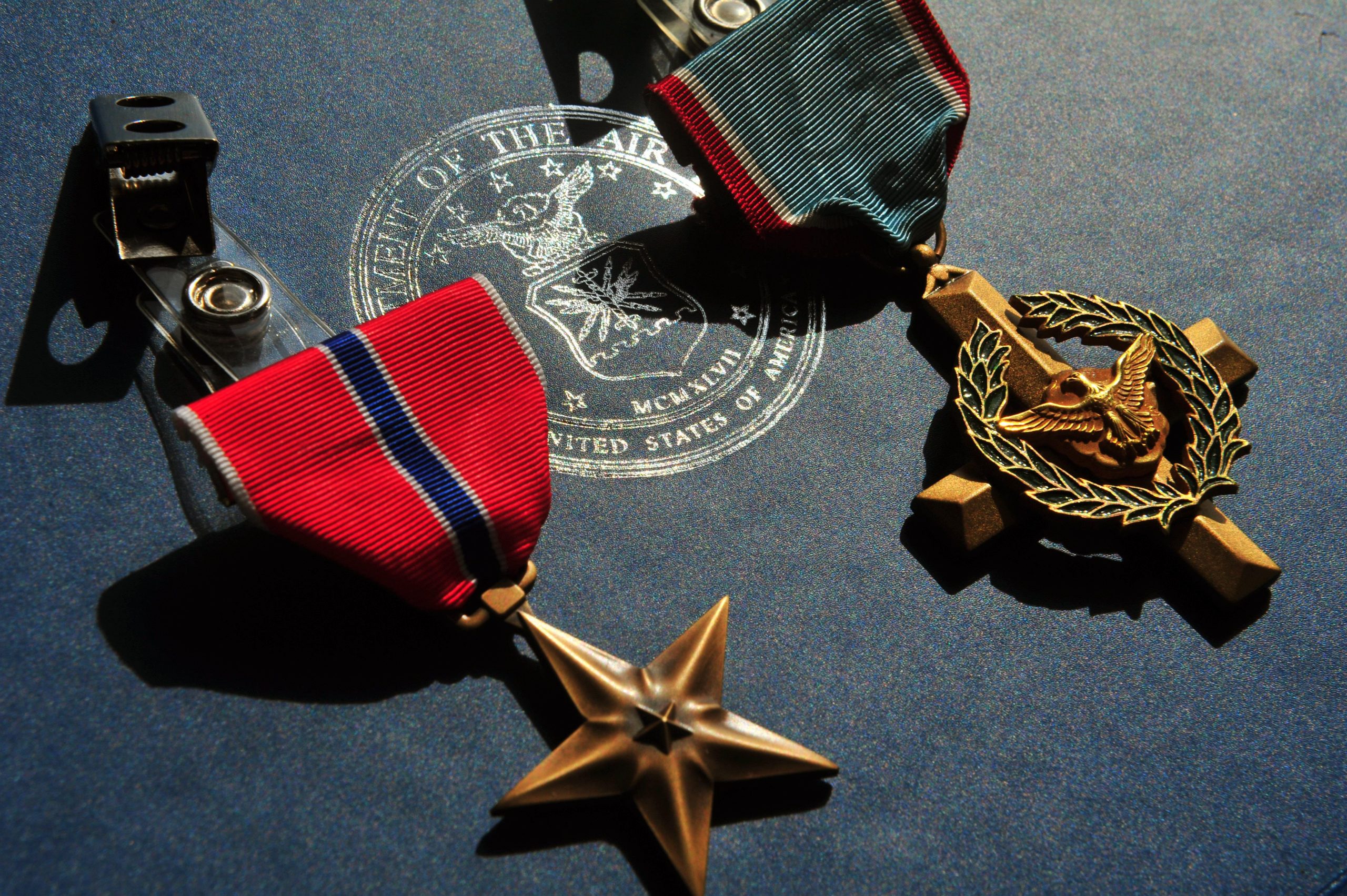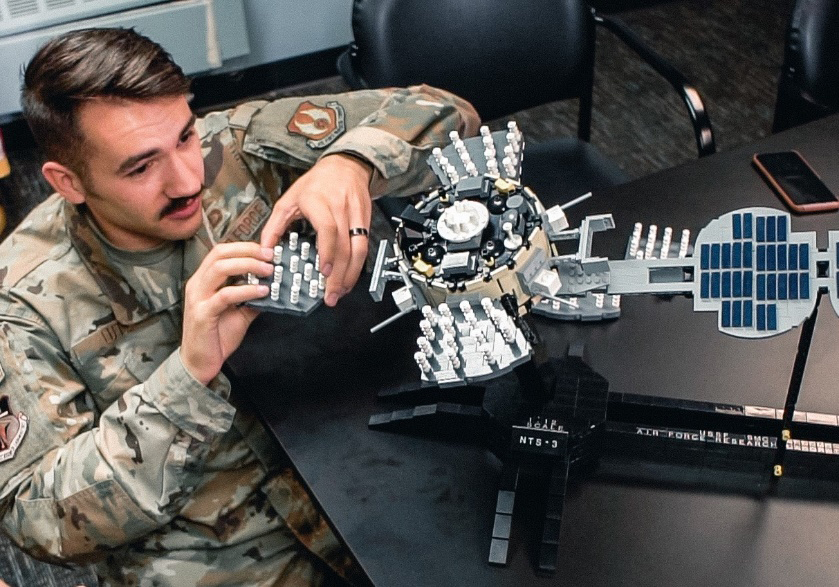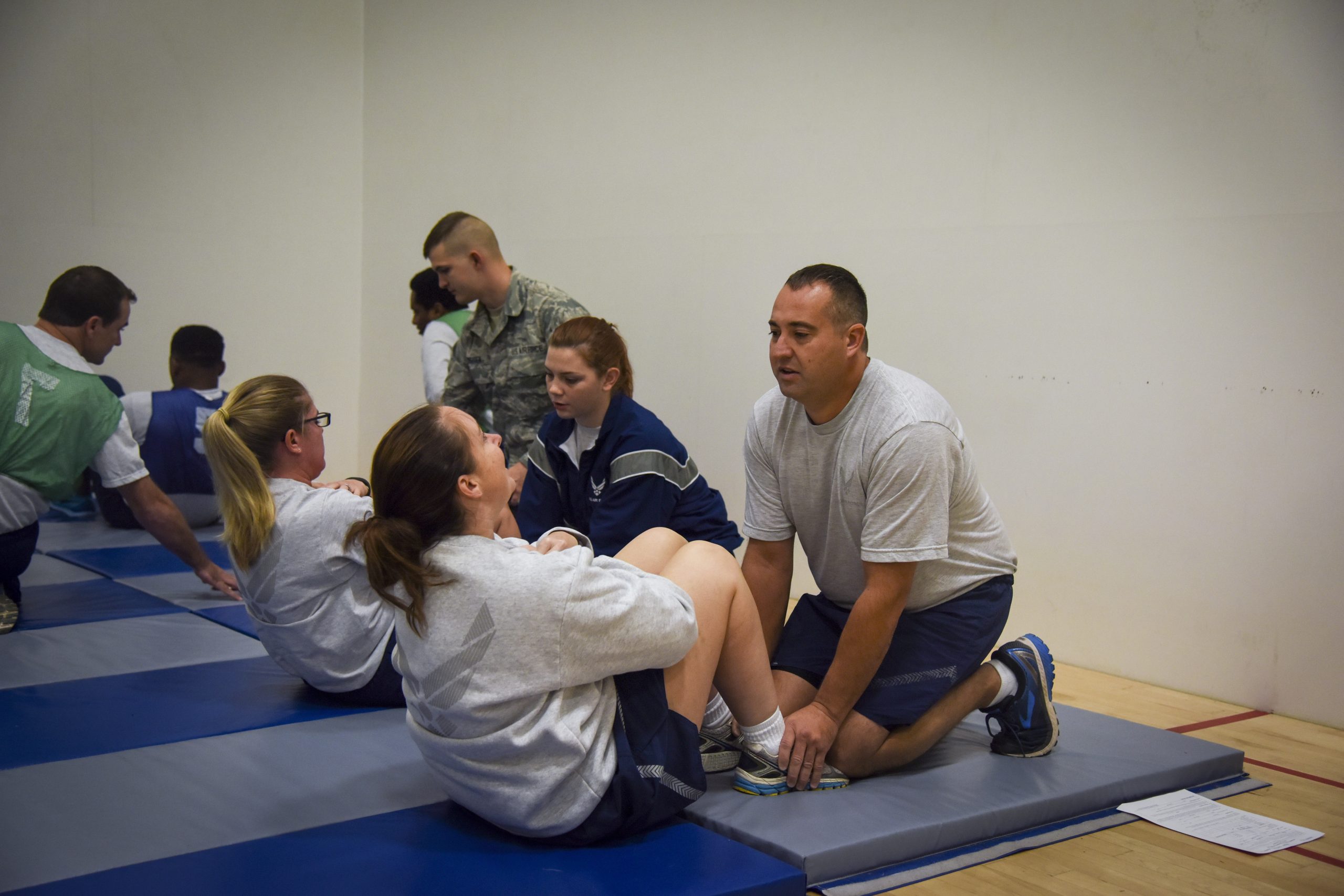The outlook for a Space Force reserve component is still hazy, but Air Force Reserve Chief Lt. Gen. Richard W. Scobee said leaders from his command are among a group of Defense Department decision-makers who are contemplating different possibilities for integrating Air Force Reserve and Air National Guard space functions into the military’s newest service.
“What they’re looking at is how do they create a 21st century model … that will really work for who America is now, and so, what they want to do is create a model for the personnel that includes both … full- and part-time people as we go forward,” he told reporters during a media roundtable held as part of AFA’s virtual Air, Space & Cyber Conference.
The team is examining multiple options, Scobee said, including one that he characterized as a sort of “Total Force solution.”
This team is scoping out what advancement, education, and leadership opportunities each option would make available to part-time and full-time Reservists, respectively, in order to chart the best possible path, he said.
“It runs the gamut from the way we do things now in the Air Force to a fully integrated place for the reserve and the space component, along with a space Guard, as well, so I think there’s a lot of … good work that’s being done,” he said.
The team will present options to the Department of the Air Force and DOD, he said, though Defense Secretary Mark T. Esper is in charge of making the call that will ultimately get sent to Congress for approval, Scobee said.
“This holistic approach allows leadership and Congress to make the right decisions in creating the most efficient landscape for how the Reserve components will support the Space Force,” Air Force Reserve Command spokesperson Col. Beth Kelley Horine told Air Force Magazine in a Sept. 16 email. “In the meantime, the Air Force Reserve will continue to provide critical expertise and capabilities to space missions via the 11 active-associate Reserve units as well as Individual Mobilization Augmentees embedded within the active component organizations.”
Scobee said his priority is ensuring that whatever plan is finally picked carves out a place for part-time Reservists. He also expressed excitement at the unique opportunities the Space Force could theoretically offer these personnel.
“What’s interesting is that … Space Force, for the most part, when they deploy, they deploy in garrison, and most of the equipment is really hard to touch because it’s in space, so it’s a great model for a part-time force that has high-end jobs across the nation getting after things like SpaceX and all the automation that we have at different companies across the board, whether it’s Apple, you know, Waymo, or Tesla,” he said.
Those organizations currently employ Air Force Reservists, who, as a result, can bring those specialized skillsets to the warfighting table, Scobee noted.
“I’m really excited to see how the Space Force is going to integrate that into the things that they’re doing,” he said.
Until Congress decides what it wants a Space Force reserve component to look like, the Air Force Reserve space personnel will find themselves in a bit of organizational limbo, Horine explained.
“Until a legislative determination is made on the Reserve construct for the Space Force, IMAs will remain assigned to USSF organizations as USAF Airmen,” she wrote. “Our Traditional Reservists will remain aligned under 10th Air Force and will continue to support their classically associated units, regardless of that unit’s Service affiliation.”
However, until legislators make a decision, these service members’ Reserve statuses won’t change, she said.








